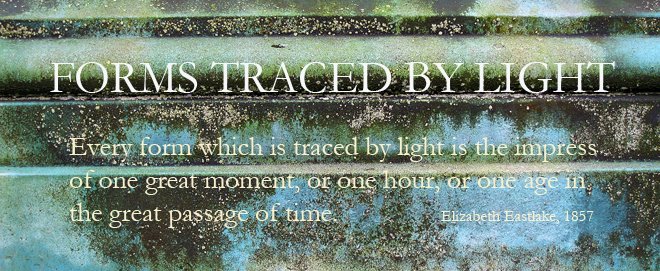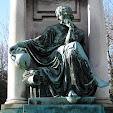So far as I'm concerned, this counts as a photograph - it's a reproduced still image, anyway, a scanned drawing (yes, we're off and running in the Writing and Photography class ... what is a photograph? Though when I'm going to prepare the class that addresses that question for Wednesday, heaven only knows ...). This piece of paper mysteriously rose to the surface when I was scuffling around looking for some property tax documents - ah, the joys of moving - and I was so pleased to see it again. It's a map of the beginning of A la Recherche du temps perdu [sorry about lack of accents - this evening, I have one rainbow spinning whirly dead computer and one malfunctioning one] that I did a few years ago in a Bread Loaf class that I was teaching on Memory, where the students introducing the class had us - ah, well, inevitably, I can't remember what the actual exercise was - but we had to draw some impression or the other. I love this - I ought to draw/map books more often ... I have always loved maps, whether as tools, or artifacts, or thinking tools ... so I'm borrowing from the Introduction to Katharine Harmon's The Map as Art:
"Is there any motif so malleable, so ripe for appropriation, as maps? They can act as shorthand for ready metaphors: seeking location and experiencing dislocation, bringing order to chaos, exploring ratios of scale, charting new terrains. Maps act as backdrops for statements about politically imposed boundaries, territoriality, and other notions of power and projection. Mapping and art movements are equally susceptible to shifting political and aesthetic winds. Like artworks, maps are selective about what they represent, and call out differences between collective knowledge and individual experience.
Artists use maps to respond to social and economic globalization, and to find orientation amid cultural volatility. And some artists include maps in their artworks not for their semiotics but because they can adapt cartographic systems to their uses or because they are simply drawn to the line and shape of the map's vocabulary."If I were to map today, it would have lots of dark little spirals and mazes.



No comments:
Post a Comment